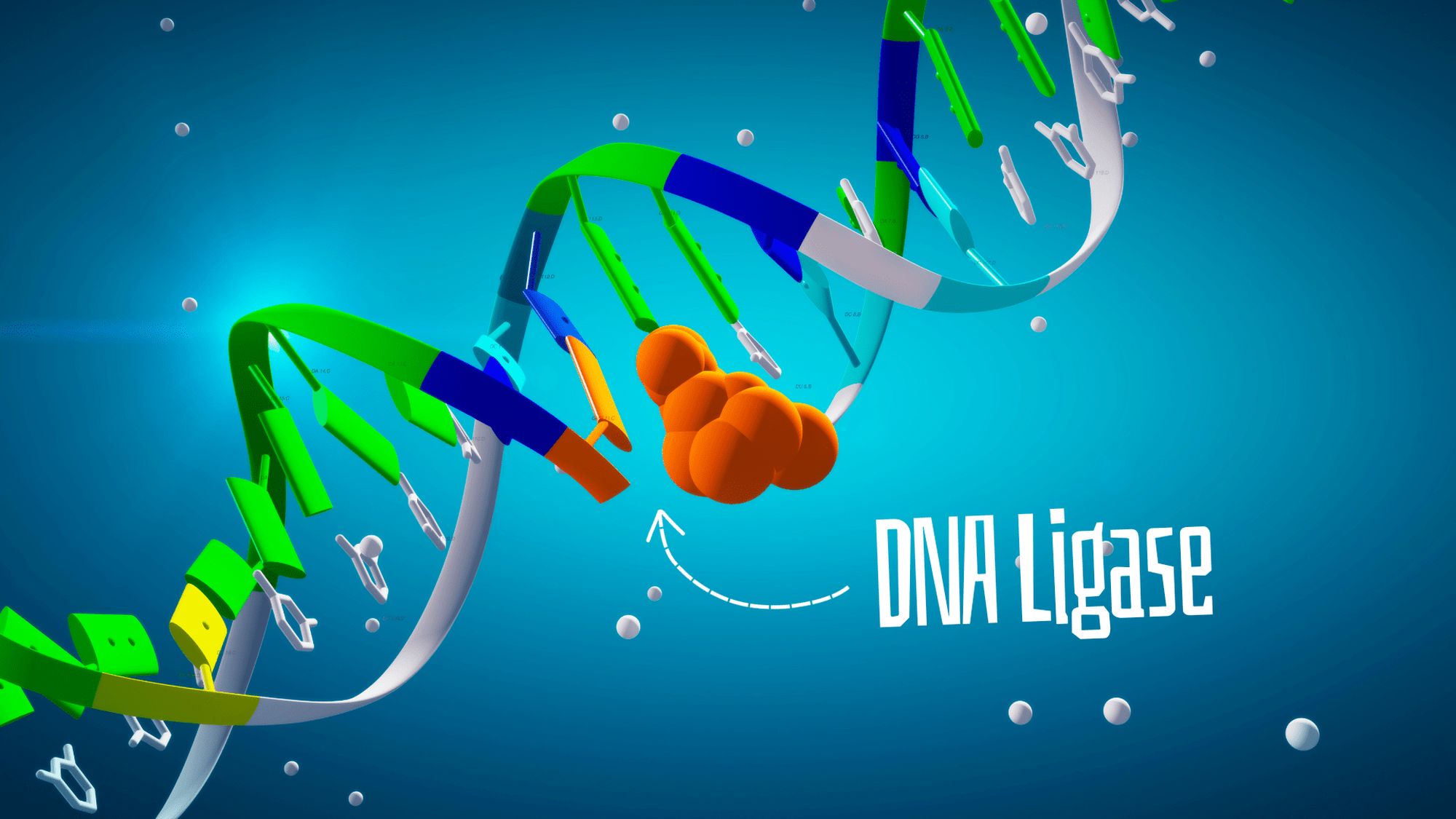
DNA ligase is a crucial enzyme in the world of genetics and molecular biology. Ever wondered how scientists stitch together DNA fragments? DNA ligase is the answer. This enzyme plays a vital role in DNA replication, repair, and recombination. Without it, cells couldn't maintain their genetic integrity. Imagine trying to fix a broken zipper without the slider—DNA ligase is that slider for DNA strands. It ensures that the genetic code remains intact and functional. From bacteria to humans, this enzyme is indispensable. Ready to dive into some fascinating facts about DNA ligase? Let's get started!
What is DNA Ligase?
DNA ligase is an essential enzyme in the world of genetics and molecular biology. It plays a critical role in DNA replication and repair by joining DNA strands together. Let's dive into some fascinating facts about this vital enzyme.
-
DNA ligase is responsible for sealing nicks in the DNA backbone, ensuring the integrity of the genetic material.
-
This enzyme is crucial during DNA replication, where it joins Okazaki fragments on the lagging strand.
-
DNA ligase is also involved in various DNA repair processes, such as fixing single-strand breaks.
-
There are different types of DNA ligases, including DNA ligase I, II, III, and IV, each with specific functions.
-
DNA ligase I is primarily involved in DNA replication.
-
DNA ligase III works in conjunction with XRCC1 protein to repair single-strand breaks.
-
DNA ligase IV is essential for the non-homologous end joining (NHEJ) pathway, which repairs double-strand breaks.
-
DNA ligase II is less understood but believed to be a splice variant of DNA ligase III.
How DNA Ligase Works
Understanding the mechanism of DNA ligase can shed light on its importance in genetic processes. Here's a closer look at how this enzyme operates.
-
DNA ligase catalyzes the formation of a phosphodiester bond between the 3'-hydroxyl end of one nucleotide and the 5'-phosphate end of another.
-
The enzyme requires ATP or NAD+ as a cofactor to activate the ligation process.
-
DNA ligase undergoes a conformational change during the ligation process, which helps it bind to the DNA ends.
-
The enzyme's active site contains crucial amino acids that facilitate the ligation reaction.
-
DNA ligase's efficiency can be affected by the presence of mismatched bases near the ligation site.
-
The enzyme can ligate both blunt and cohesive (sticky) ends of DNA.
-
DNA ligase's activity is temperature-dependent, with optimal activity usually observed at 37°C.
Applications of DNA Ligase
DNA ligase has numerous applications in biotechnology and genetic engineering. Here are some ways this enzyme is utilized.
-
DNA ligase is widely used in molecular cloning to insert DNA fragments into plasmids.
-
The enzyme is essential in the construction of recombinant DNA molecules.
-
DNA ligase is used in the creation of DNA libraries for sequencing and analysis.
-
The enzyme plays a role in the development of gene therapy techniques.
-
DNA ligase is employed in the synthesis of artificial chromosomes.
-
The enzyme is crucial in various PCR-based techniques, such as ligase chain reaction (LCR).
-
DNA ligase is used in the development of DNA-based nanotechnology.
Interesting Facts About DNA Ligase
Beyond its scientific applications, DNA ligase has some intriguing aspects worth noting.
-
The first DNA ligase was discovered in 1967 by scientists at the University of California, Berkeley.
-
DNA ligase from bacteriophage T4 is one of the most commonly used enzymes in molecular biology labs.
-
Some DNA ligases can function at high temperatures, making them useful in thermophilic organisms.
-
Mutations in DNA ligase genes can lead to genetic disorders, such as Ligase IV syndrome.
-
DNA ligase is a target for certain antibiotics that aim to disrupt bacterial DNA replication.
-
The enzyme's ability to join DNA strands makes it a potential tool for DNA repair therapies.
-
Research is ongoing to develop synthetic DNA ligases with enhanced properties for biotechnological applications.
The Final Word on DNA Ligase
DNA ligase is a crucial enzyme in the world of genetics. It plays a key role in DNA replication and repair, ensuring genetic information is accurately passed on. Without it, cells couldn't fix breaks in DNA strands, leading to mutations and diseases. Scientists use DNA ligase in labs for cloning and genetic engineering, making it a vital tool in biotechnology.
Understanding DNA ligase helps us grasp how life maintains its genetic integrity. This enzyme's ability to join DNA fragments is essential for both natural processes and scientific advancements. As research continues, DNA ligase will remain a cornerstone in genetics, medicine, and biotechnology.
So, next time you think about the tiny building blocks of life, remember DNA ligase. It's the unsung hero keeping our genetic code intact and driving innovation in science.
Was this page helpful?
Our commitment to delivering trustworthy and engaging content is at the heart of what we do. Each fact on our site is contributed by real users like you, bringing a wealth of diverse insights and information. To ensure the highest standards of accuracy and reliability, our dedicated editors meticulously review each submission. This process guarantees that the facts we share are not only fascinating but also credible. Trust in our commitment to quality and authenticity as you explore and learn with us.
